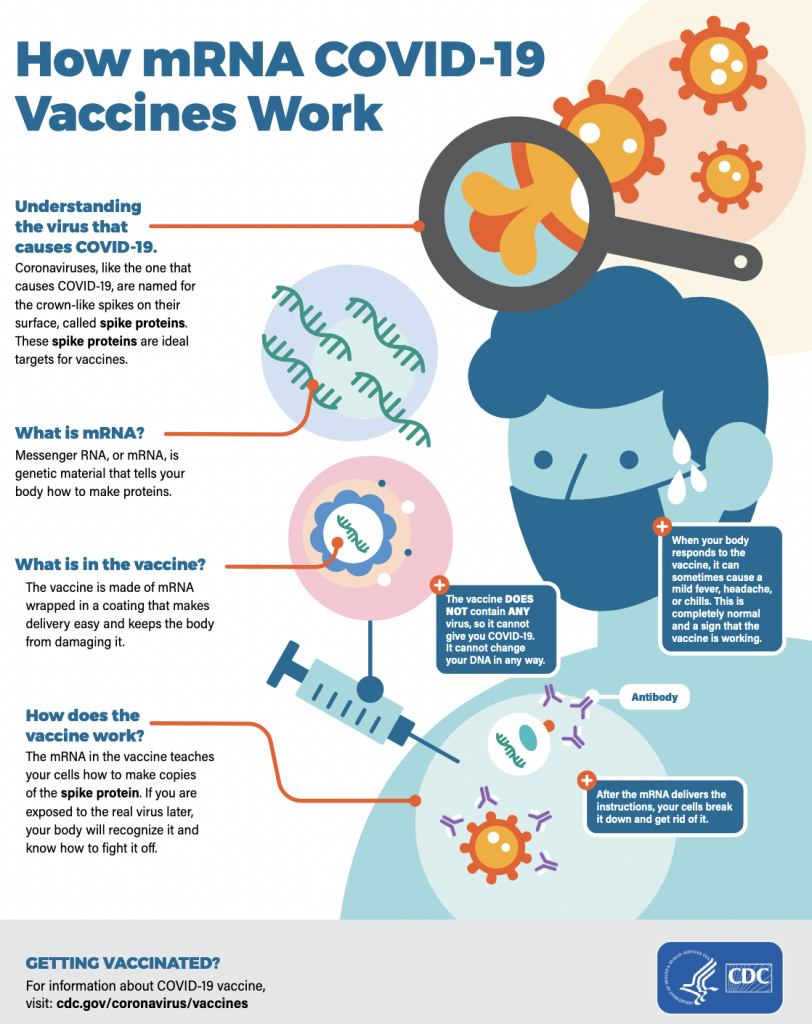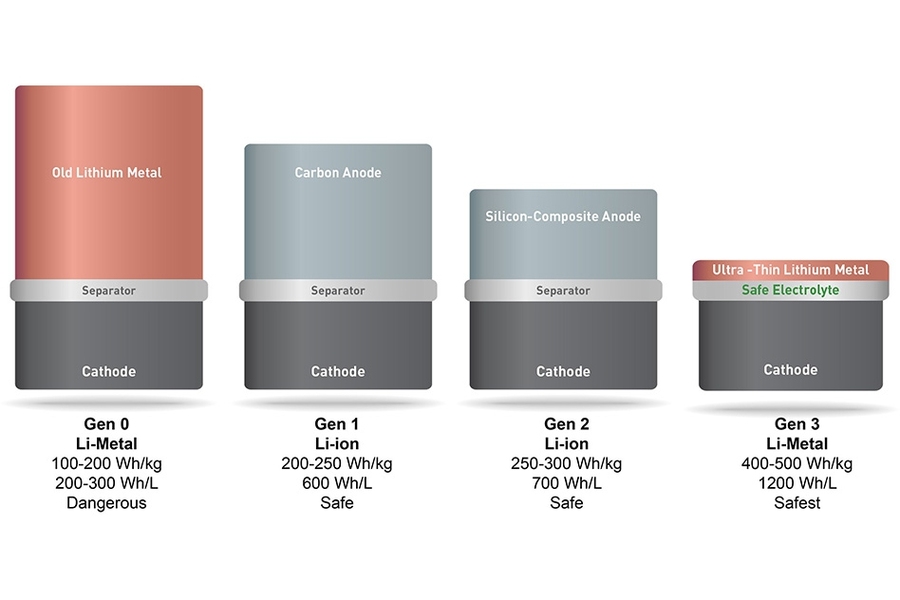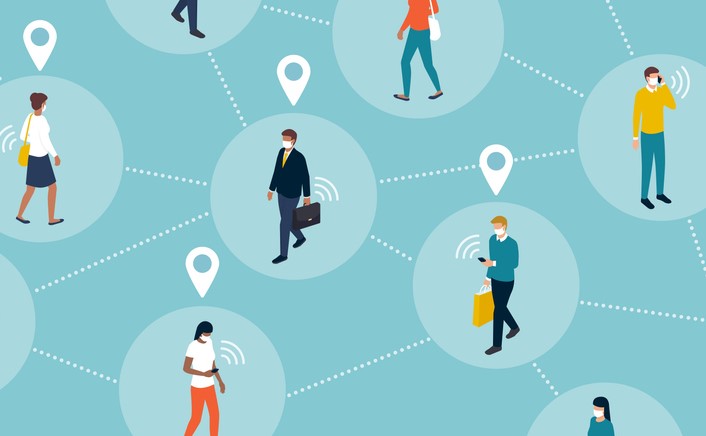#35 Technology Trends – What 2021 Year gave us ?.
Below is the list of technology advancement which happened in 2021 year. Though 2021 year was tough from COVID perspective, it impacted our lives in every manner. But wait, there is silver lining which has happened in technology world.

Below is the list of technology advancement which happened in 2021 year. Though 2021 year was tough from COVID perspective, it impacted our lives in every manner. But wait, there is silver lining which has happened in technology world.
Have a look at the Technology trends 2021 list:
Page Contents
1. mRNA Vaccine
The two most important vaccines against the coronavirus are based on the messenger RNA, a technology that has been in the labs for 20 years. When the covid-19 pandemic started last year, researchers at several biotech companies were quick to turn to mRNA as a way to create effective vaccines; in late 2020, at a time when more than 1.5 million had died from covid-19 worldwide, the vaccines were approved in the US, marking the starting of the end of the pandemic.

The new covid vaccines are based on a technology which were never before used in world, and it could transform medicine, leading to vaccines against various infectious diseases, including malaria. And if this coronavirus keeps mutating, mRNA vaccines can be easily and quickly modified. Messenger RNA also holds great promise as the basis for cheap gene fixes to sickle-cell disease and HIV. Also in the works: using mRNA to help the body fight off cancers.
Source credit : MIT mRNA Research
For more detail how mRNA vaccines work, please check this – How mRNA Vaccine works ?
2. Lithium Metal Batteries
Electric vehicles come with a tough sales pitch; they’re relatively expensive, and you can drive them only a few hundred miles before they need to recharge—which takes far longer than stopping for gas. All these drawbacks have to do with the limitations of lithium-ion batteries. A well-funded Silicon Valley startup now says it has a battery that will make electric vehicles far more palatable for the mass consumer.

It’s called a lithium-metal-battery and is being developed by QuantumScape. According to early test results, the battery could boost the range of an EV by 80% and can be rapidly recharged. The startup has a deal with VW, which says it will be selling EVs with the new type of battery by 2025.
The battery is still just a prototype that’s much smaller than one needed for a car. But if QuantumScape and others working on lithium-metal batteries succeed, it could finally make EVs attractive to millions of consumers.
Source credit: How Lithium metal batteries work ?
3. Multi-Skilled AI
Despite the immense progress in artificial intelligence in recent years, AI and robots are still dumb in many ways, especially when it comes to solving new problems or navigating unfamiliar environments. They lack the human ability, found even in young children, to learn how the world works and apply that general knowledge to new situations.

One promising approach to improving the skills of AI is to expand its senses; currently AI with computer vision or audio recognition can sense things but cannot “talk” about what it sees and hears using natural-language algorithms. But what if you combined these abilities in a single AI system? Might these systems begin to gain human like intelligence? Might a robot that can see, feel, hear, and communicate be a more productive human assistant?
Source Credit: AI Armed with Multiple Senses.
4. Digital contact tracing
As the coronavirus began to spread around the world, it was believed that digital contact tracing might help us. Smartphones could use GPS or Bluetooth to create a database of people who had recently interacted with someone. if one of them tested positive later on, He could inform the central repsoitory which in turn can raise an alarm to all the people who contacted him.

But digital contact tracing largely failed to make much impact on the virus’s spread. Apple and Google quickly pushed out features like exposure notifications to many smartphones, but public health officials struggled to persuade residents to use them. The lessons we learn from this pandemic could not only help us prepare for the next pandemic but also carry over to other areas of health care.
Source Credit: Digital contact tracing
5. Tik-Tok Recommendation Engine
The recommendation engine is not new to the Data Science community. Instead, some consider it as the old generation AI system due to a lack of dizzying effects like image recognition or language generation.
Nevertheless, the recommendation is still one of the predominant AI systems which have the most extensive implementation in almost all online services and platforms. For example, YouTube video suggestion, campaign email you received from Amazon, book you might also like when you are browsing the kindle bookshop.
Apart from the basic, industrialized recommendation engine need a robust backend and architecture design for integration. Below is a primary example.

A real-time system should have a solid data basis (for collection and storage) to support the multiple abstract layers(algorithm layer, serving layer, and application layer ) on top that addresses different business problems.
Source Credit: Tik-Tok Engine
6. Green Hydrogen
Hydrogen has always been an intriguing possible replacement for fossil fuels. It burns cleanly, emitting no carbon dioxide; it’s energy dense, so it’s a good way to store power from on-and-off renewable sources; and you can make liquid synthetic fuels that are drop-in replacements for gasoline or diesel. But most hydrogen up to now has been made from natural gas; the process is dirty and energy intensive.

The rapidly dropping cost of solar and wind power means green hydrogen is now cheap enough to be practical. Simply zap water with electricity, and presto, you’ve got hydrogen. Europe is leading the way, beginning to build the needed infrastructure.
Source Credit: Green Hydrogen
7. Data Trust
Technology companies have proven to be poor stewards of our personal data. Our information has been leaked, hacked, and sold and resold more times than most of us can count. Maybe the problem isn’t with us, but with the model of privacy to which we’ve long adhered—one in which we, as individuals, are primarily responsible for managing and protecting our own privacy.

Data trusts offer one alternative approach that some governments are starting to explore. A data trust is a legal entity that collects and manages people’s personal data on their behalf. Though the structure and function of these trusts are still being defined, and many questions remain, data trusts are notable for offering a potential solution to long-standing problems in privacy and security.
Source Credit: Data Trust
Do Check this article for more knowledge on data trust
8. Hyper Accurate Positioning
We all use GPS every day; it has transformed our lives and many of our businesses. But while today’s GPS is accurate to within 5 to 10 meters, new hyper-accurate positioning technologies have accuracies within a few centimeters or millimeters. That’s opening up new possibilities, from landslide warnings to delivery robots and self-driving cars that can safely navigate streets.

China’s BeiDou (Big Dipper) global navigation system was completed in June 2020 and is part of what’s making all this possible. It provides positioning accuracy of 1.5 to two meters to anyone in the world. Using ground-based augmentation, it can get down to millimeter-level accuracy. Meanwhile, GPS, which has been around since the early 1990s, is getting an upgrade: four new satellites for GPS III launched in November and more are expected in orbit by 2023.
Source Credit: Hyper Accurate Positioning
9. Remote everything
The pandemic fundamentally changed how the world responds to remote work. Education and health care are two areas that changed radically, as remote learning and telehealth use grew exponentially. Even as the pandemic winds down, we will continue to see significant use of these technologies.
.png)
Credit Source: New Remote world
10. GPT-3
This 175 billion parameter language model has the remarkable ability to write fluent text, complete imaginative story lines and do very well in random conversations. However, the uber-environmental footprint to train the model and the biases it perpetuates by using a large corpus of internet content are sobering counterweights to its use. Nevertheless, it is a big technology trends breakthrough which clearly needs to be tamed to be useful.

Source Credit: GPT-3
Conclusion – technology trends
Though 2021 was also tough likewise 2020. But it gave humans a new ray of hope and new way of living. Wishing a lot new world of technology trends to be discovered in 2022. Happy new to all the teknonauts out there.
Please explore more at Teknonauts.com

Ashish is technology freak with around 11+ years of experience in IT Landscape. He started his journey as a device driver programmer in 2010. From that point he has evolved as a Mobility and IOT Architect, he completed his M.Tech from BITS Pilani as System Architect. He is working as Principal Architect at Oracle currently.








